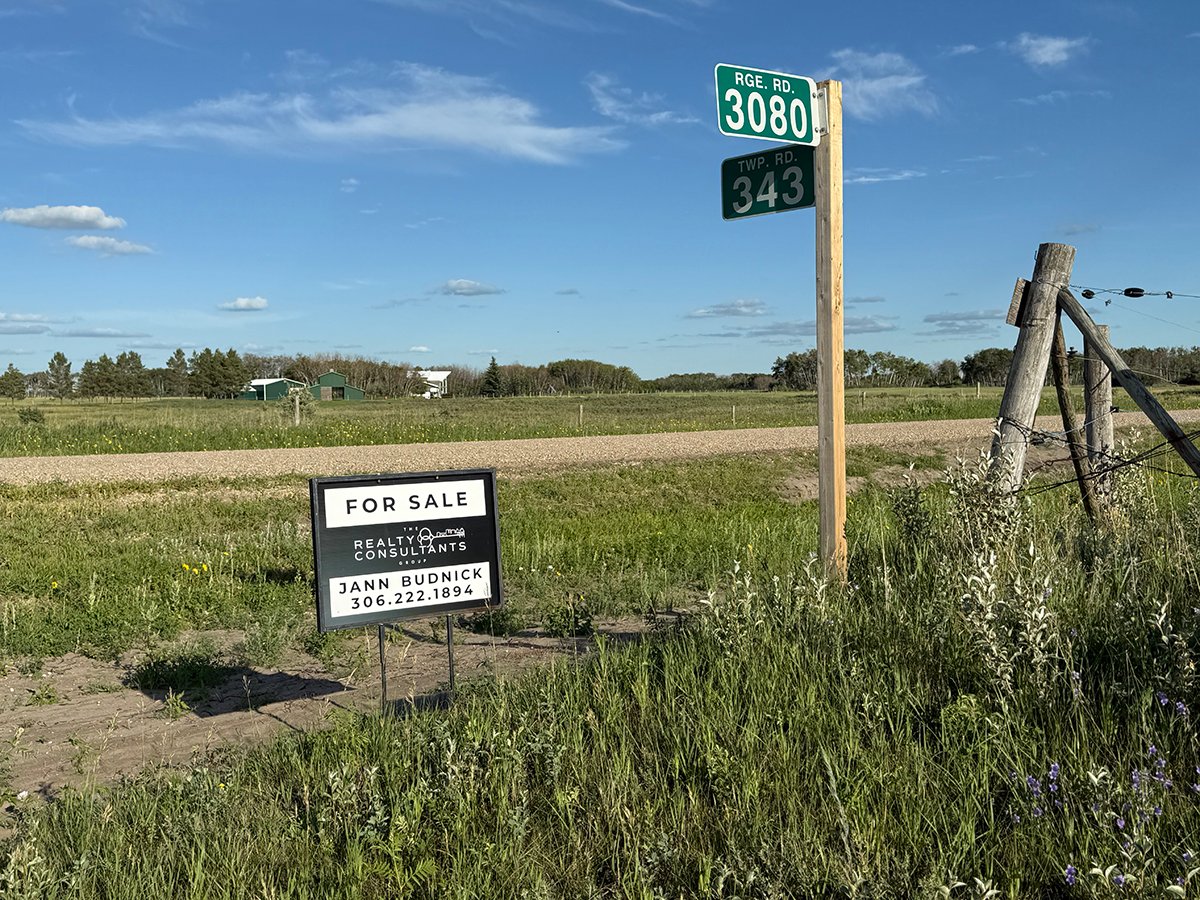Streamlining the process for licensing drainage projects in Manitoba will be one of the main recommendations in a report studying the problem.
Manitoba natural resources minister Glen Cummings told a Brandon meeting of municipal officials that the government plans to act on the concerns of 700 participants who attended seven open house meetings held around the province.
“It is causing some frustration out there,” he said, “but we’re not going to open it up in a way drainage will willy nilly occur.”
He did say the department may bring in changes that allow smaller drainage projects that only affect a single landowner’s property to be approved locally.
Read Also

Farmland a buyers’ market?
WINNIPEG — The farmland market in Saskatchewan may be tilting toward the buyer. It’s not there yet because sellers still…
“(Natural resources) would get involved only if it has an impact on neighbors, the municipality and protected areas,” he said.
“Where we have conservation districts and municipalities working close together, by and large their recommendations are ones (the department) can easily agree with.”
The report, expected to be in the minister’s hands by the end of March, will include recommendations made by the public during the open house meetings. These include:
- More water quality monitoring. Water quality comes under the provincial environment department, while natural resources handles water quantity. But Cummings said both departments will work on the issues that overlap.
- Monitoring of sediment nitrates and pesticides.
- Improved co-ordination between drainage/water agencies.
Under the Water Rights Act, all projects that redirect water have to go through licensing approval by the department.
Steve Topping, director of water resources, said it’s up to the department to examine how drainage impacts water quality, fish habitat, riparian vegetation and other producers’ farmland.
“It means trying to grapple the need for drainage, which is necessary in Manitoba particularly for on-farm efficiencies, with the downstream impacts,” he said.
“The downstream impact on other producers is probably the most critical concern (from the public).”
Whatever recommendations are adopted, Topping said the department knows drainage plans will have to be tailored to each region’s needs.
The Red River Valley has a drainage network already in existence, he said. “With the loss of the Crow Rate, farmers are diversifying into more specialty crops that need higher drainage and now that’s very important to them.
“The West is pothole country. They don’t have a drainage network and the potholes are really inconvenient to farm around, and as a result producers are cutting ditches from their slough onto other people’s land.”
















